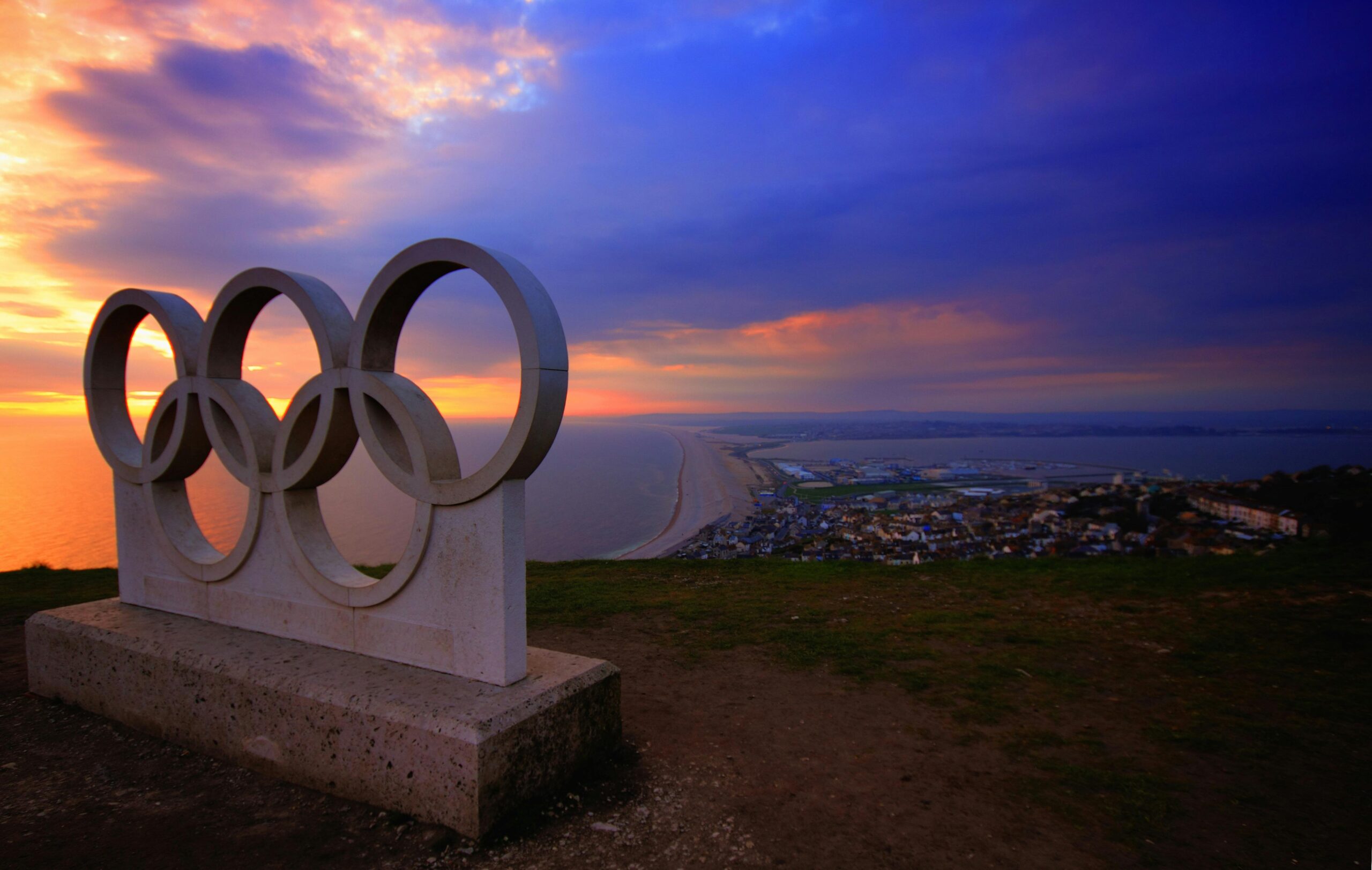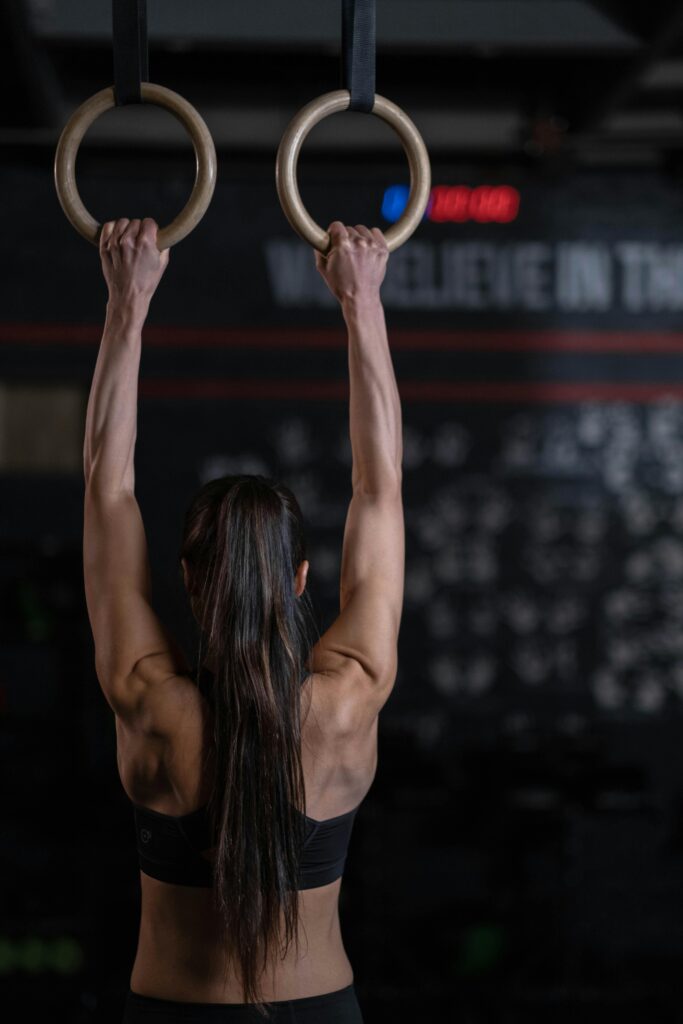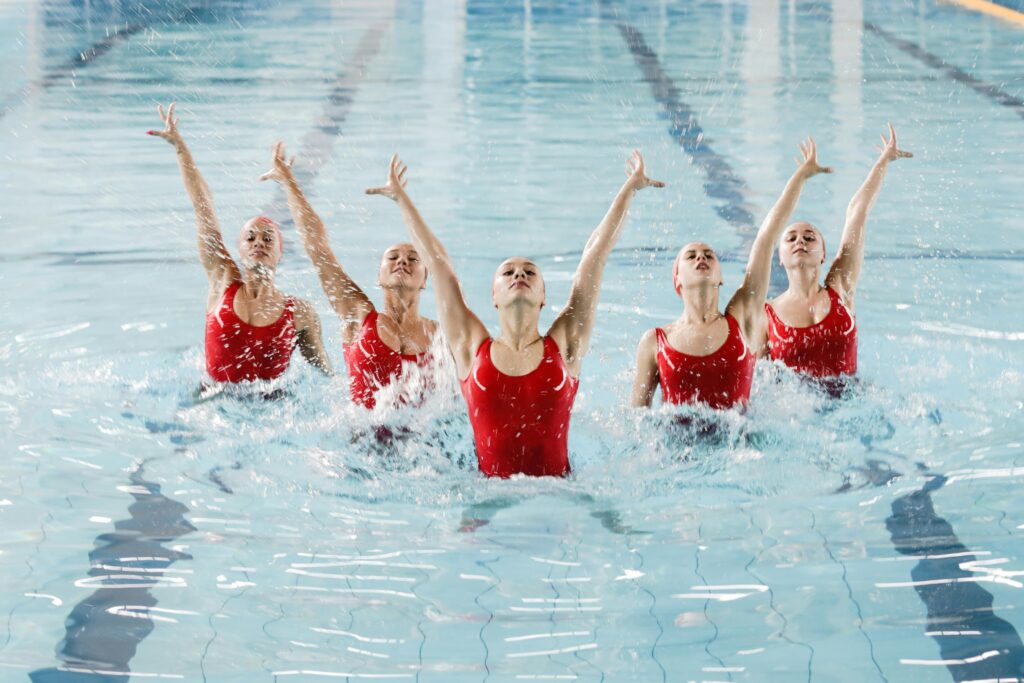
Well as you possibly already know, athletes need to follow specific meals plans and nutrition guidelines, so they can have the required energy to compete and recover. Usually, they focus on having meals high in carbohydrates before training or competition (1, 2), small snacks during the performance -but this also depends on the sport they do- and meals high in protein post-exercise and after performance (1, 3). Of course, they need to have meals they feel familiar with, they need to focus on having good gut health (1) and to avoid trying anything new before the competition. Thus, it is very important that the Olympics venues provide the athletes with a wide variety of meals, so that they can choose what’s more suitable for them.
Did the athletes this year during the #Paris2024 Olympics have this opportunity?
It seems like they had, and at the same time they had a massive variety of more plant-based foods to try! Due to the fact that humanity faces climatic and environmental challenges, in #Paris2024 Olympics was decided to be offered many more vegan and vegetarian options. This would help every athlete to eat appropriately and sufficiently but at the same time responsibly (4). This would also have a better environmental impact as it seems that it helped to reduce the CO2 production by half per meal compared to the last Olympics (5).
100% French meat was used, 100 % sustainable, free-range eggs, French dairy products and 100% products from sustainable fishing were used. Choosing locally and based on seasonality products, could provide the participants with better quality foods and foods which contain more vitamins, minerals and antioxidants, as the products have grown naturally, in each physical circle (6, 7). Of course, the aim overall, was to fight the climate crisis.

Moreover, 500 different recipes were created, which were inspired by the French, Asian, African-Caribbean, Halal and world cuisine (8). You may not believe it, but some of the dishes that were served were frog’s legs and steak tartare (8). Other options, were deep fried chickpea fritters with hummus and pickled red cabbage, risotto with green beans, blackberries and blackcurrants – this could have been a great pre-training/competition option and ground beef with licorice black rice – this could have been a great post-exercise/competition meal.
Moreover, 60 % of the food that was served to the public was also meat free… As you understand, it wasn’t just the athletes who had to choose more plant-based foods, it was also the public, the volunteers, the officials and the journalists, who helped in the reduction of CO2 production. More specifically, the meat free options to the public were more in comparison to the athletes as basically the 30% of the food that was served to the athletes was meat free.

Additionally, 120 organizations and 200 athletes were involved and all these together, prepared a document which helped the service providers to give a variety of foods to the public (4). Moreover, Michellin starred chefs were involved too and about 13 million meals were served (and are going to be served for the Paralympics) to athletes, volunteers, officials and the spectators (4).
So, what do you think about the menu options in the Olympics? The main aim for these food options were to be healthy, creative, unique, gourmet with more plant-based, affordable and local French products. Paralympics are on its way now, so let’s see what the paralympic athletes will think about the menu!

This article was written by the founder of amvnutrition.com, Anna-Maria, who is a registered sports nutritionist (practitioner registrant, SENr, BDA, INDI) and a sports scientist (EIMGreece). Anna-Maria has worked with a variety of different athletes and active individuals, she is an excellent communicator and she always finds appropriate and comforting ways to helps each individual she works with. You can see more of Anna-Maria’s background here.
References
- Kerksick, C.M., Wilborn, C.D., Roberts, M.D. et al, (2018). ISSN exercise & sports nutrition review update: research & recommendations. J Int Soc Sports Nutr 15, 38. https://doi.org/10.1186/s12970-018-0242-y
- Cermak, N.M., Van Loon, L.J. (2013). The use of carbohydrates during exercise as an ergogenic aid. Sports Med, 43 (11), 1139–55.
- Vliet, S. V., Beals, J. W., Martinez, I. G., Skinner, S. K., Burd, N. A. (2018). Achieving Optimal Post-Exercise Muscle Protein Remodeling in Physically Active Adults through Whole Food Consumption. Nutrients, 10(2):224. doi: 10.3390/nu10020224. PMID: 29462924; PMCID: PMC5852800.
- Gourmet. More Local. More Plant-Based Food for the Games. https://olympics.com/en/paris-2024/our-commitments/the-environment/food-vision.
- Abhijeet Kumar. Eco-friendly food menu at Paris Olympics leaves athletes hungry for non veg. Business Standard, 2 Aug 2024, https://www.business-standard.com/sports/olympics/eco-friendly-food-menu-at-paris-olympics-leaves-athletes-hungry-for-non-veg-124080200236_1.html.
- Macdiarmid, J. I. (2024). Seasonality and dietary requirements: will eating seasonal food contribute to health and environmental sustainability? Proceedings of the Nutrition Society, 73 (3), 368-375. doi:10.1017/S0029665113003753
- Wallnoefer, L. M., Riefler, P., Meixner, O. (2021). What Drives the Choice of Local Seasonal Food? Analysis of the Importance of Different Key Motives. Foods, 10 (11), 2715. doi: 10.3390/foods10112715. PMID: 34828997; PMCID: PMC8623070.
- Alexander Smith. Paris 2024 tried bold new ‘food vision’ in contrast with French culinary tradition. NBC news, 9 Aug 2024, https://www.nbcnews.com/sports/olympics/paris-2024-tried-bold-new-food-vision-not-everyone-liked-rcna165740.



